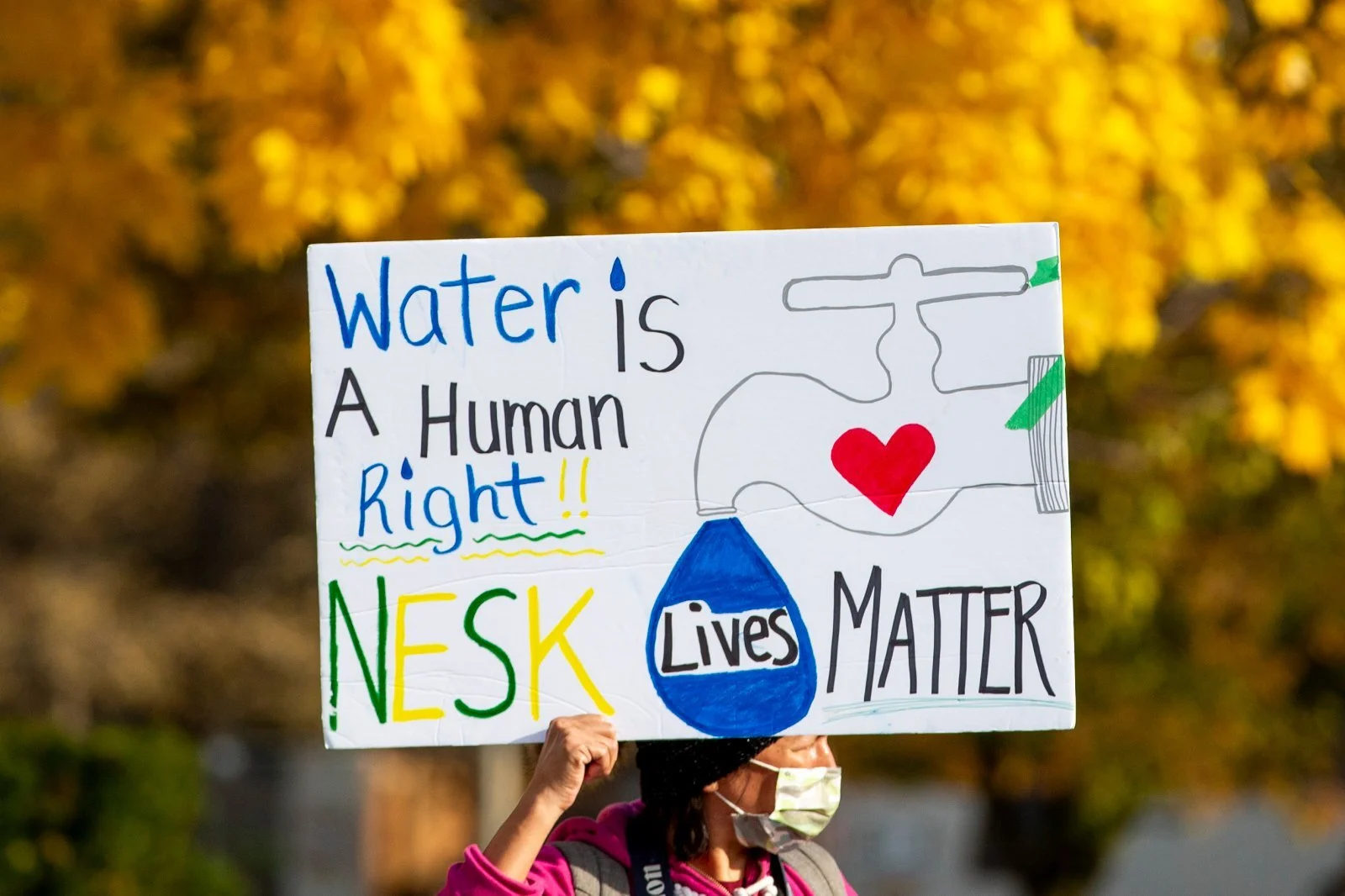July 19th, 2022, was the high water mark for West Nipissing residents’ water usage. On that day, 6,764 cubic meters, which is about 7.7 million liters flowing at 8,034 liters per minute, was used. May, June and July are the months with the highest daily average of treated water use. For example, in July, 7,358 cubic meters is treated daily. In October, that number falls to 3,530 cubic meters.
Green stream grant may increase flow of West Nipissing’s water line
A federal grant may help the Municipality of West Nipissing complete a secondary water main loop in Sturgeon Falls. The money would also allow a second feed from the water treatment plant. Funding is available from the green stream of the Investing Canada Infrastructure Program (ICIP), which is offering up “to five million dollars” from a $240 million pot to applicable projects, explained municipal engineer Alan Korell. The grant is “only for drinking water” systems, he said.
How colonial systems have left some First Nations without drinking water
Rebecca Zagozewski, executive director of the Saskatchewan First Nations Water Association, said she has seen contractors save on costs when building water treatment plants on reserves by using obsolete parts and failing to include maintenance manuals, ventilation or chemical rooms, and bathrooms. “Engineering companies will put in their bids obviously as low as they can go,” said Zagozewski.
Verner’s ‘brown water’ problem makes rare winter appearance
West Nipissing municipal staff are flushing hydrants in Verner today as they investigate a mysterious winter appearance of ‘brown water’ during the past couple of weeks. Some residents, but not all, are reporting water issues that have a long history in the area due to manganese found in the Veuve River, the source for Verner’s drinking water. While the mineral is considered safe to ingest, it’s actually required in small amounts in the human diet, it smells and tastes bad and is hard on laundry.





